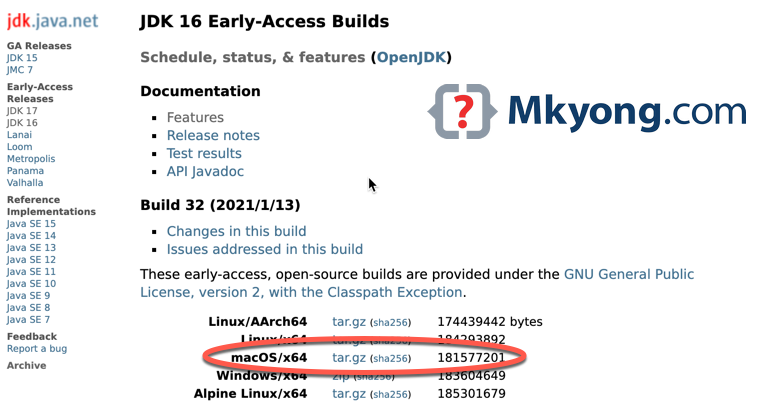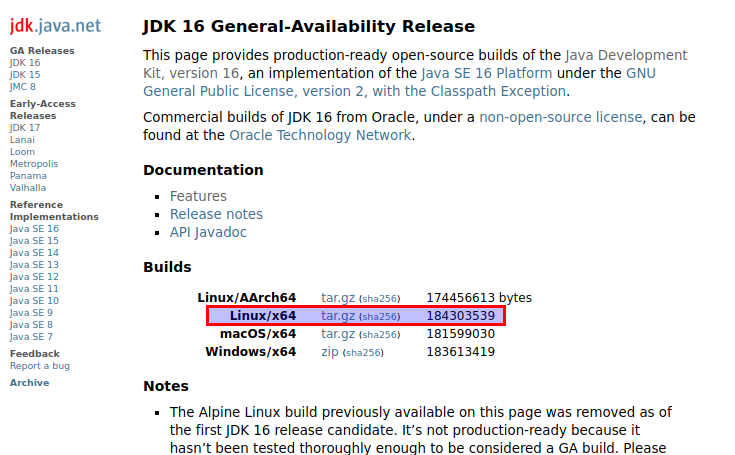
- #How to install openjdk 7 on ubuntu 16.04 how to
- #How to install openjdk 7 on ubuntu 16.04 update
- #How to install openjdk 7 on ubuntu 16.04 software
We’ll ensure that it is functioning properly by running the example MapReduce program it ships with. The help means we’ve successfully configured Hadoop to run in stand-alone mode. OutputUsage: hadoop Ĭhecknative check native hadoop and compression libraries availabilityĭistcp copy file or directories recursivelyĪrchive -archiveName NAME -p * create a hadoop archiveĬlasspath prints the class path needed to get theĬredential interact with credential providersĭaemonlog get/set the log level for each daemon
 readlink -f /usr/bin/java | sed "s:bin/java::". Then, we’ll use sed to trim bin/java from the output to give us the correct value for JAVA_HOME. We will use readlink with the -f flag to follow every symlink in every part of the path, recursively. The path to Java, /usr/bin/java is a symlink to /etc/alternatives/java, which is in turn a symlink to default Java binary. Hadoop requires that you set the path to Java, either as an environment variable or in the Hadoop configuration file.
readlink -f /usr/bin/java | sed "s:bin/java::". Then, we’ll use sed to trim bin/java from the output to give us the correct value for JAVA_HOME. We will use readlink with the -f flag to follow every symlink in every part of the path, recursively. The path to Java, /usr/bin/java is a symlink to /etc/alternatives/java, which is in turn a symlink to default Java binary. Hadoop requires that you set the path to Java, either as an environment variable or in the Hadoop configuration file. #How to install openjdk 7 on ubuntu 16.04 software
With the software in place, we’re ready to configure its environment.
sudo mv hadoop- 2.7.3 /usr/local/hadoop. Change the version number, if needed, to match the version you downloaded. Use tab-completion or substitute the correct version number in the command below:įinally, we’ll move the extracted files into /usr/local, the appropriate place for locally installed software. Now that we’ve verified that the file wasn’t corrupted or changed, we’ll use the tar command with the -x flag to extract, -z to uncompress, -v for verbose output, and -f to specify that we’re extracting from a file. The output of the command we ran against the file we downloaded from the mirror should match the value in the file we downloaded from. You can safely ignore the difference in case and the spaces. mds file for the release you downloaded, then copy the link for the corresponding file:Īgain, we’ll right-click to copy the file location, then use wget to transfer the file: Return the releases page, then follow the Apache link:Įnter the directory for the version you downloaded:įinally, locate the. In order to make sure that the file we downloaded hasn’t been altered, we’ll do a quick check using SHA-256. Note: The Apache website will direct you to the best mirror dynamically, so your URL may not match the URL above. On the server, we’ll use wget to fetch it: On the next page, right-click and copy the link for the latest stable release binary. Follow the binary for the current release: With Java in place, we’ll visit the Apache Hadoop Releases page to find the most recent stable release. This output verifies that OpenJDK has been successfully installed. OpenJDK 64-Bit Server VM (build 25.91-b14, mixed mode) Once the installation is complete, let’s check the version. Next, we’ll install OpenJDK, the default Java Development Kit on Ubuntu 16.04. #How to install openjdk 7 on ubuntu 16.04 update
To get started, we’ll update our package list: Once you’ve completed this prerequisite, you’re ready to install Hadoop and its dependencies.īefore you begin, you might also like to take a look at An Introduction to Big Data Concepts and Terminology or An Introduction to Hadoop Step 1 - Installing Java
#How to install openjdk 7 on ubuntu 16.04 how to
An Ubuntu 16.04 server with a non-root user with sudo privileges: You can learn more about how to set up a user with these privileges in our Initial Server Setup with Ubuntu 16.04 guide.

In this tutorial, we’ll install Hadoop in stand-alone mode and run one of the example example MapReduce programs it includes to verify the installation. Hadoop clusters are relatively complex to set up, so the project includes a stand-alone mode which is suitable for learning about Hadoop, performing simple operations, and debugging.

Many other processing models are available for the 2.x version of Hadoop. It distributes work within the cluster or map, then organizes and reduces the results from the nodes into a response to a query.
MapReduce is the original processing model for Hadoop clusters. YARN, short for Yet Another Resource Negotiator, is the “operating system” for HDFS. HDFS, which stands for Hadoop Distributed File System, is responsible for persisting data to disk. Hadoop Common is the collection of utilities and libraries that support other Hadoop modules. Hadoop 2.7 is comprised of four main layers: It was the first major open source project in the big data playing field and is sponsored by the Apache Software Foundation. Hadoop is a Java-based programming framework that supports the processing and storage of extremely large datasets on a cluster of inexpensive machines.







 0 kommentar(er)
0 kommentar(er)
